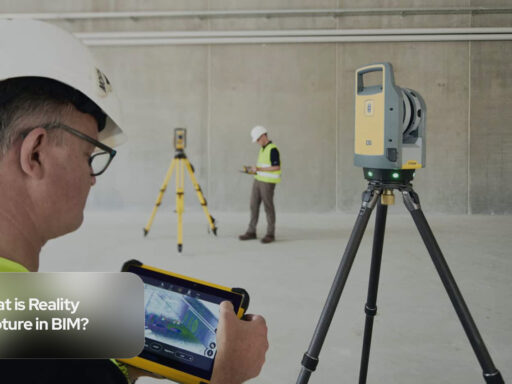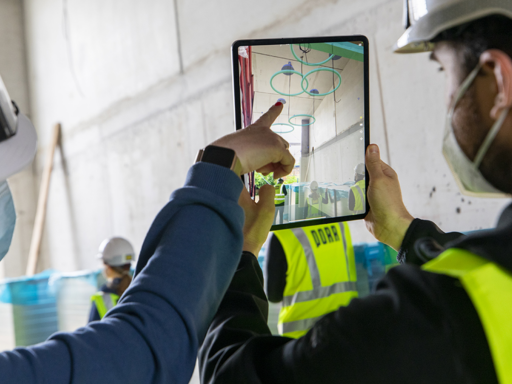Introduction
BIM project collaboration allows for the leveraging of model-based data and visualizations to facilitate analysis, improve decision-making, enhance productivity, and drive integrated digital workflows. In this article, we will explore the key points and lessons from a transcript discussing the collaborative use of BIM.
Highlights
- A common data environment, which serves as a single source of information, is crucial for effective BIM collaboration.
- Collaborative work in BIM allows for easy sharing of construction project details with internal and external teams using networking technology.
- BIM enables the comprehensive management of civil engineering, building design, and multidisciplinary equipment and data through centralized workflows.
- Familiarity with BIM and the ability to manage BIM-related data and collaboration tools are essential for professionals in the architecture, engineering, and construction industry.
The Importance of a Common Data Environment
It serves as a single source of information that allows the project team to align and share a centralized source of information throughout all stages of the project lifecycle. This includes documentation, graphical models, and text.
By using a common data environment, collaboration and coordination among project team members are improved, reducing errors and duplications of efforts.
“A common data environment provides a platform where we can share information for collaboration with the least effort.” – Natalia Panici, Architect.
Advantages of Collaborative Work in BIM
Collaborative work in BIM offers several advantages for project teams. One of these advantages is multidisciplinary design collaboration. BIM enables the comprehensive management of civil engineering, building design, and multidisciplinary equipment and data through centralized workflows. This allows for better coordination and integration of different design disciplines, leading to improved project outcomes.
Another advantage is democratized access to design data. With collaborative work in BIM, project details can be easily shared with internal and external teams using networking technology. Designs can be reviewed in a web browser, providing democratized access to design data and allowing for easier collaboration and feedback.
“Share project details with internal and external teams using networking technology. View package status across all projects. Their advantage is democratized access to design data.” – Natalia Panici, Architect.
Project activity tracking is another advantage of collaborative work in BIM. Design managers can easily track the dates and content of shared design data and packages, enabling better project management and monitoring. This allows for better control and visibility of project progress, ensuring that deadlines are met and project milestones are achieved.
Efficient data management is also a key advantage of collaborative work in BIM. All project data, whether generated in Revit, CV 3D, or AutoCAD 3D, can be stored and managed in a single location. This improves efficiency during data transfer and allows for seamless integration with various software tools. By having a centralized location for project data, teams can work more efficiently and effectively. 
The Evolution of BIM Programs and Processes
Companies that have been using BIM for a longer period of time show a greater focus on collaborative processes. This indicates the increasing appreciation for BIM’s contribution to integrated digital workflows and improved decision making.
Investment in training for BIM remains consistent over time, highlighting the importance of continuous learning and skill development. Civil engineers are particularly active in adopting collaborative processes in BIM, emphasizing their keen interest and engagement in leveraging the benefits of BIM.
“These findings clearly show that processes become very important to continue adding value to BIM programs. While investment in training is relatively consistent over time, the focus on collaborative processes steadily grows.” – Natalia Panici, Architect.
Preparing for the Building Technology Explosion
Familiarity with BIM and the ability to manage BIM-related data and collaboration tools are essential for professionals in the architecture, engineering, and construction industry. As the industry undergoes digitization, BIM and other building technology tools will play a crucial role in creating a more rational, analytical, and outcome-driven industry.
The resulting data from these tools may form the basis of a more data-driven approach, facilitating better decision-making and project outcomes.
“Familiarity with BIM and the ability to manage BIM-related data and collaboration tools prepare today’s architects, engineers, and builders for what appears to be the coming building technology explosion.” – Natalia Panici, Architect.
Conclusion
By leveraging a common data environment, embracing collaborative processes, and preparing for the building technology explosion, professionals can enhance productivity, improve decision-making, and achieve better project outcomes.
As the industry continues to evolve, the adoption and effective use of BIM will be key to success in the digital era.
Ready to transform construction with collaborative BIM workflows?
Let’s explore together!






